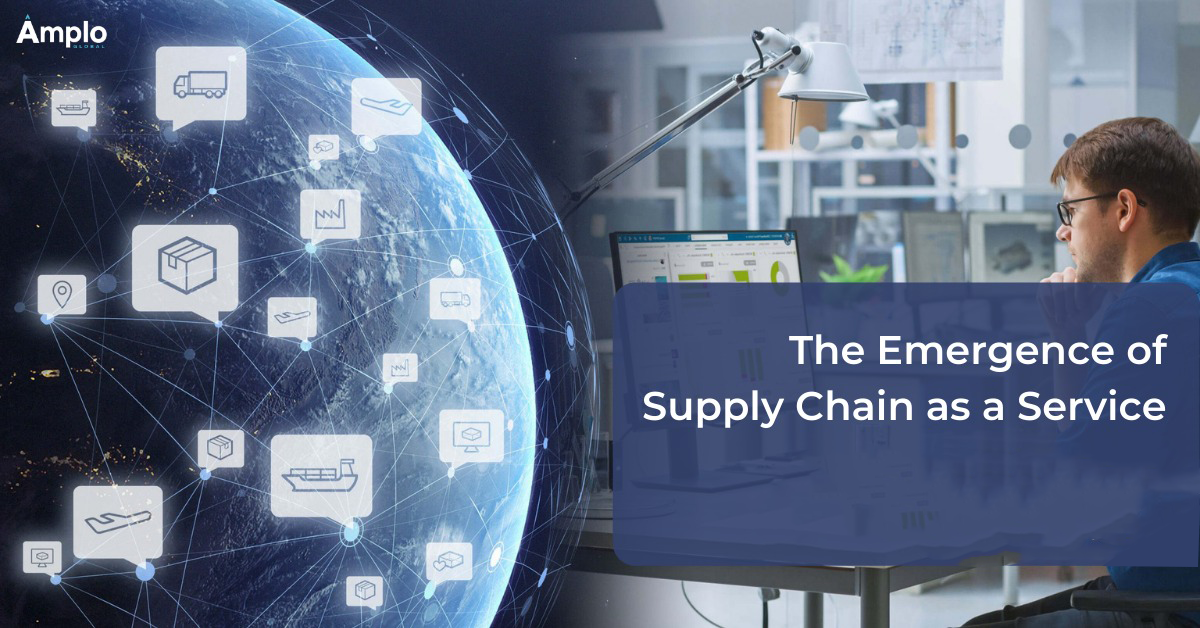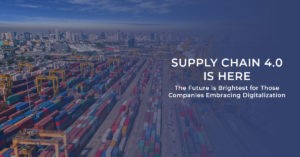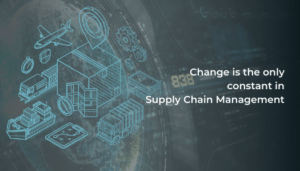Service-Driven Supply Chain: Empowering Efficiency 2.0!
| Discover the transformative Service-Driven Supply Chain 2.0! Empower efficiency with streamlined processes, tech innovation, and customer-centric solutions. |
It is now widely accepted that the Covid-19 pandemic significantly sped up digital transformation across industries, forcing years’ worth of change to happen in just a few months. Organizations have increasingly embraced the cloud and made it a core business requirement.
This shift from on-premises to the cloud has also meant that organizations are now more open to the idea of leasing out or subscribing to online services. This has given way to XaaS — where X can be almost anything under the sun. Also known as Everything as a Service, XaaS represents the increasing servitization of technology.
In the logistics and supply chain sector, this can be seen in the growing popularity of SCaaS — Supply Chain as a Service. It covers the entire gamut of supply chain, from strategy and sourcing to logistics and fulfilment – for every requirement in the supply chain, you are likely to find at least one vendor you can outsource the work to.
The benefits for supply chain organizations are obvious — they get to leverage the latest in technology without requiring heavy CAPEX and human resource investments in building these new capabilities in-house.
As Supply Chain Drive observes, “While it may seem counter-intuitive, as supply networks become more complex, dispersed, and fluid, supply chain management becomes less of a core business competency and more of a technical and organizational evolution supporting the needs across supply networks.”
The publication expects non-core SCM competencies to be outsourced to an SCaaS partner who acts like an extended wing of an organization’s SCM department.
“Just like today’s third-party logistics providers, their focus will be on end-to-end supply chain performance and commitment to end-customer value.” Meanwhile, the core organization will sharpen its focus on managing expectations and setting clear requirements for their SCaaS partners, “leveraging the partners’ scalability, flexibility, and expertise to set up and operate supply chains.”
SCaaS also makes supply chains more resilient and enhances their ability to deal with new challenges or complexities. Back in 2011, McKinsey and Company had pointed out that the idea that companies can optimize their supply chains once — and for all circumstances and customers — “is a fantasy”.
Instead, forward-looking companies are splintering their traditional monolithic supply chains into smaller and more flexible ones. They are also building diverse and more resilient portfolios of supply chain assets “that will be better suited to thrive in a more uncertain world”. SCaaS fits in neatly with this approach. It allows companies to further optimize operations and reduce overheads by parceling out parts of the portfolio to third-party service providers.
KPMG echoes similar views when it states that one of the most significant disruptions has been the emergence of platforms that provide supply chains with advanced proficiencies through an ecosystem of modular capabilities.
“These capabilities are delivered through a network of trusted third-parties and can be scaled and recombined as required.” Digital platforms have also increased asset-sharing, often referred to as the “uberization of transport/ logistics”, that is helping protect organizations against unexpected supply and demand fluctuations.
Moreover, organizations no longer need to remain weighed down with under-utilized assets. Says KPMG, “The rise of digital platforms provides supply chain leaders with access to a whole new world of highly efficient and cost effective services. These technologies provide operational leaders with both choice and convenience, allowing for the purchase of supply chain services from third-party providers on a flexible (as-a-service) basis.”
KPMG adds that this model creates an opportunity to become an as-a-service provider, and leading organizations are already partnering with established as-a-service last-mile logistics platforms “to interact with service providers who can enhance their customer service, by reaching customers quicker, while helping to keep fulfilment costs low”.
In fact, the writing is on the wall — only the biggest companies will have the resources to leverage new technological innovations and developments by setting up teams to build new products in-house. For the rest, SCaaS is the only viable option if they want to stay in the game.









































































